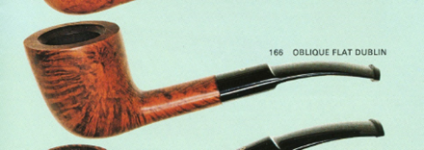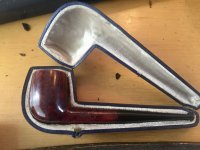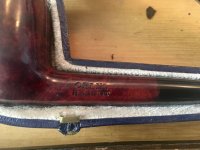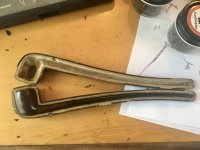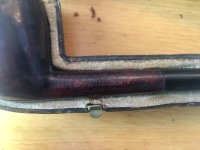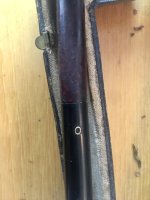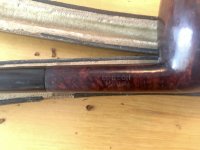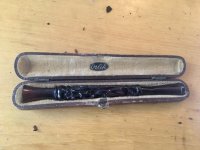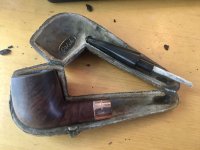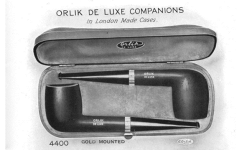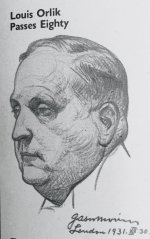From what I can tell the last mention of Orlik producing the Special was 1941; not to say it wasn't made later, I think it clearly was, but that it doesn't appear in surviving catalogs or price lists after that time. Certainly it doesn't appear in the 1950 catalog (which I have); by then the Z model designation had been reassigned to the Archway (which previously had been designated series 4141). The page you got from Simon is actually from the 1933 catalog. Here's the same page from my copy; note not only the series letter but the price to the trade:
View attachment 282918
Don't place too much reliance on the presence or absence of a silver band. For at least some of the years the Special was produced the model was available with and without the silver band; catalog illustrations make this clear. Such bands were more popular in the earlier part of the 20th century and I doubt much in demand by the latter thirties and beyond.
The significant thing about your pipe is the print lettering of Special; all catalog illustrations (and surviving pipes with legible hallmarks) through the end of the thirties show the model name in cursive. I believe for that reason alone your pipe is post war and dates to a late and undocumented period in the production of the model. Not that the block lettering is particularly rare; if you want to find a great number of Specials with and without cursive writing search Worthpoint. It's just a factor to consider in dating the pipe.
The lack of other nomenclature is odd; are you sure there's nothing even faintly visible elsewhere on the pipe? Orlik placed great value on the London Made aspect of its pipes and this figured prominently in the stamping. Even where one part of the pipe said Made in England another part would be stamped London Made. I've seen this on various Specials before; here's one example:
View attachment 282923
This of course changed when the plant moved to Shoeburyness in 1974 and the England part remained true but the London part did not. And in any case with nomenclature there are always exceptions; even with the best QC department where humans are involved there is always room for errors of omission or commission.
